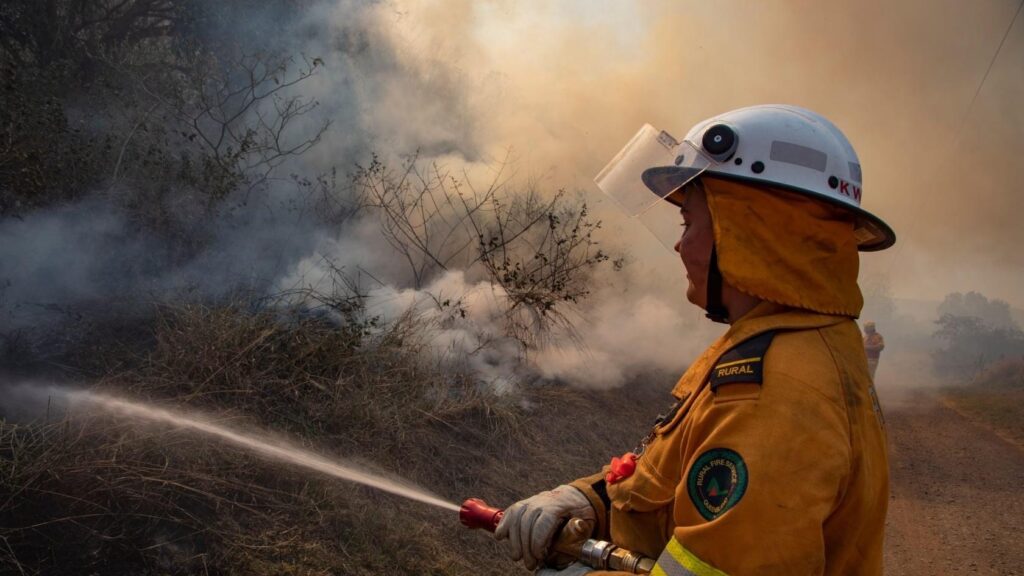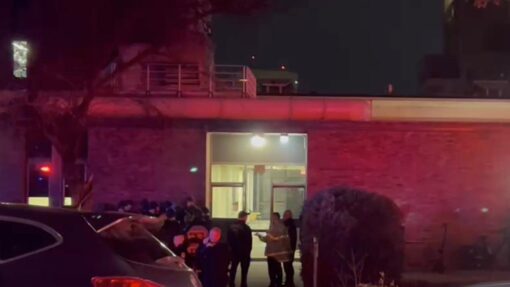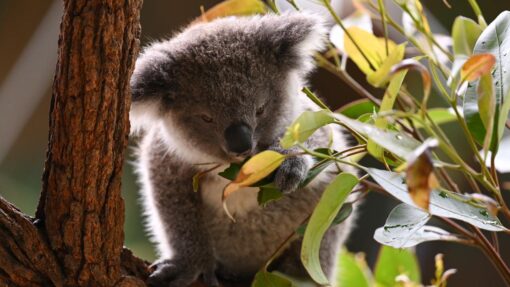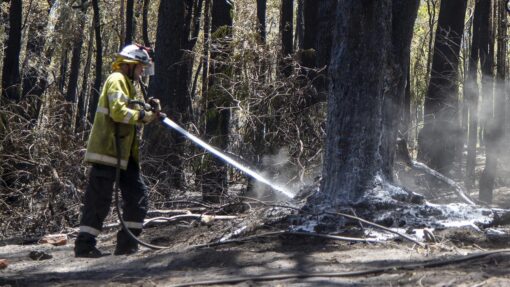Most at risk are least prepared: Townsville bushfire report
Richard Dinnen - Queensland Editor |

As north Queensland heads toward bushfire season, a new report has found people living in high-risk areas around Townsville are least likely to be prepared.
The James Cook University Centre for Disaster Studies was commissioned by Queensland Fire and Emergency Services (QFES) to survey bushfire preparedness in Nome, Bluewater, and Magnetic Island.
Those areas were chosen because they’re ‘peri-urban’, communities in urban areas close to bushland, where fire risk is higher than suburbs closer to town.

Researcher, Yetta Gurtner, said less than one third of residents surveyed had an active evacuation plan for bushfire season.
“I was a little surprised. What was particularly concerning was the people in these communities tend to be from an older demographic than the general Townsville population.
“There were also a lot of indications of medical illnesses and physical injuries. So, in that context, these are more vulnerable people, or people who need help when it comes to an evacuation.”
Dr Gurtner said fire is a real risk for people in peri-urban communities, particularly households that encroach on vegetation.
“They are the people considered most at risk. They should make an evacuation plan and be prepared in the event of an emergency.
“While a large percentage of those people surveyed did work from home or stayed at home, over 50 per cent worked elsewhere and would take anywhere between 25 and 90 minutes to get home.
“If your house is under threat from fire and you’re at work, you potentially wouldn’t have a house to come back to.
“That’s why we encourage those preventative measures like cleaning your gutters and cutting trees back. You at least then have some measure of protection for your house.”
And Dr Gurtner encourages better communication with neighbours if residents are concerned about potential fire hazards on nearby properties.
“We talk about building trust amongst your neighbours and getting comfortable with talking to them.
“If you are genuinely concerned about something, you shouldn’t be afraid to raise a bushfire risk with your neighbour.”
Key findings
- 9.5 per cent of people do not prepare for local bushfire hazards
- 43 per cent rated local bushfire hazard as high/very high but almost 80 per cent rated risk to their place as moderate, low, and very low
- 52 per cent believed their neighbours were at risk but only 20 per cent felt it was important to raise issue with their neighbours
- 23 per cent were sceptical about their community’s capacity to recover from a natural hazard in a short period of time



